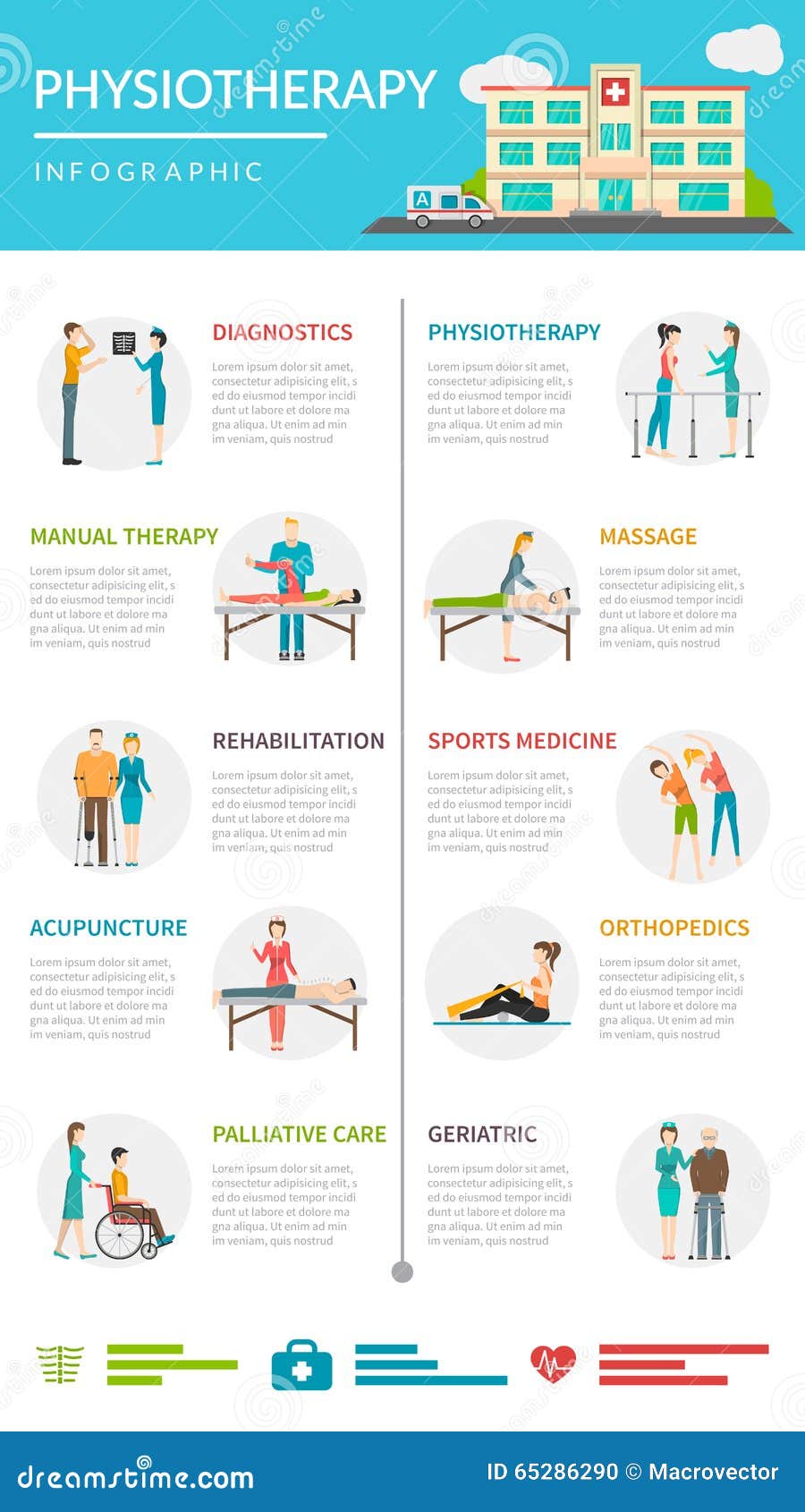Keeping proper pose isn't just about sitting up directly; it has to do with straightening your body in such a way that supports your spinal column and reduces the risk of back pain. The method you rest, stand, and relocate throughout the day can dramatically impact your spinal health. Yet just how specifically can you guarantee great alignment regularly, also throughout hectic days full of numerous tasks? Allow's dive deeper right into the refined yet impactful changes you can make to your daily routine to maintain your back delighted and healthy.
Relevance of Appropriate Position
Correct position is crucial in keeping a healthy and balanced back and avoiding discomfort. When you rest or stand with great stance, your back remains in alignment, lowering stress on your muscular tissues, tendons, and joints. This positioning allows the body to disperse weight equally, avoiding extreme anxiety on certain areas that can lead to discomfort and pain. By maintaining your back correctly straightened, you can likewise improve your breathing and digestion, as slouching can press organs and limit their performance.
Additionally, maintaining excellent position can enhance your general appearance and self-esteem. When you stand tall with your shoulders back and head held high, you radiate confidence and appear even more approachable. Good position can likewise make you feel a lot more energized and alert, as it promotes correct blood circulation and permits your muscular tissues to function effectively.
Incorporating proper stance right into your everyday regimen, whether resting at a desk, strolling, or working out, is necessary for stopping back pain and advertising overall wellness. Remember, a tiny change in how you hold yourself can make a considerable difference in exactly how you feel and work throughout the day.
Common Postural Mistakes
When it concerns preserving great posture, lots of individuals unconsciously make common errors that can add to neck and back pain and pain. One of the most widespread mistakes is slumping over or hunching over while sitting or standing. This placement places extreme pressure on the spine and can cause muscle discrepancies and discomfort in the long run.
An additional typical blunder is overarching the lower back, which can flatten the all-natural curve of the back and trigger discomfort. Furthermore, going across legs while sitting may feel comfortable, yet it can create a discrepancy in the hips and pelvis, bring about postural issues.
Utilizing a cushion that's as well soft or as well solid while resting can additionally influence your placement and contribute to neck and back pain. Last but not least, regularly craning your neck to consider screens or readjusting your placement often can strain the neck and shoulders. Bearing in mind these typical postural mistakes can aid you keep better positioning and decrease the danger of neck and back pain.
Tips for Correcting Placement
To boost your placement and minimize back pain, it's essential to concentrate on making small changes throughout your day-to-day routine. Begin by bearing in mind your pose. When resting, ensure your feet are flat on the flooring, your back is straight, and your shoulders are relaxed. Prevent slouching or leaning to one side. Use your domain name or paddings to support your lower back.
When standing, distribute your weight uniformly on both feet, maintain your knees slightly curved, and embed your pelvis. Involve your core muscle mass to support your spine. Take breaks to extend and walk around if you have a less active work. Incorporate workouts that reinforce your core and back muscles, such as slabs or bridges.
While sleeping, utilize a pillow that sustains the natural curve of your neck to keep proper back positioning. Avoid sleeping on pop over here , as it can stress your neck and back. By bearing in mind these suggestions and making small modifications, you can progressively remedy your alignment and ease back pain.
Conclusion
Remember, maintaining great pose is crucial to preventing pain in the back and promoting back wellness. By being mindful of your alignment, dispersing weight equally, and involving your core muscles, you can minimize strain on your back and reduce the threat of discomfort and injury. Incorporate ergonomic support, take regular breaks to stretch, and strengthen your core and back muscular tissues to maintain correct positioning throughout the day. Your back will thank you for it!
